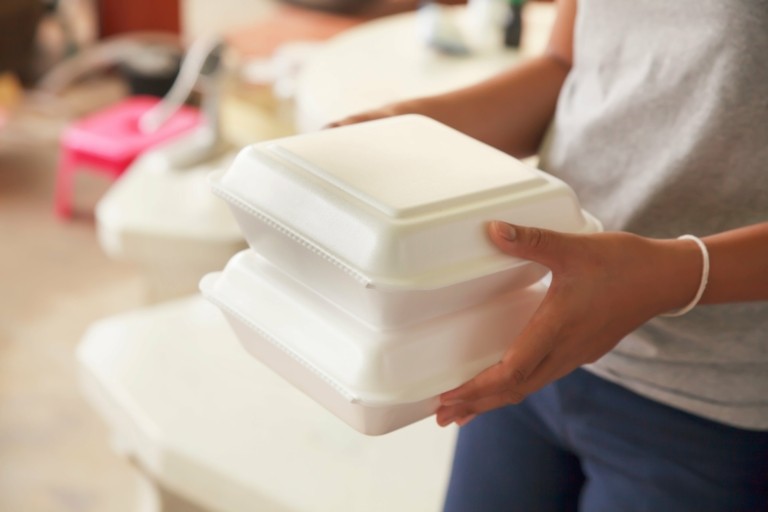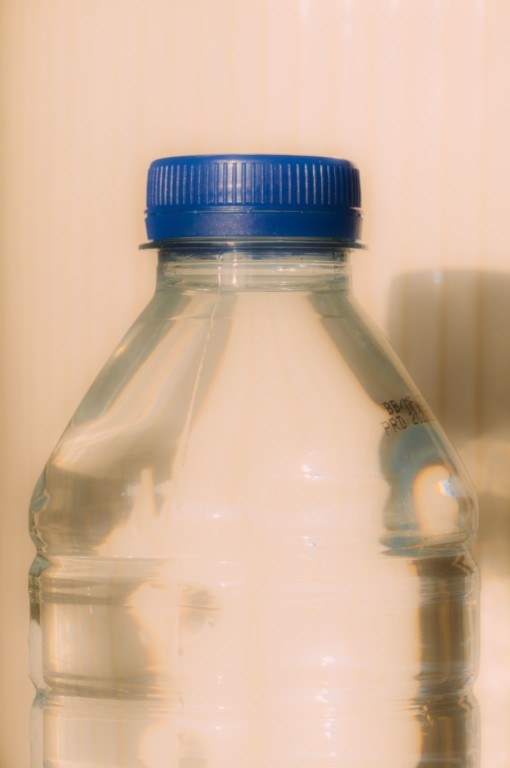

Pallets are temporary platforms used to ship or move goods with a fork lift or jacking device. They are also extensively used for storage. They are considered standard equipment in many businesses, and have become less expensive as containerization has standardized pallets internationally. Often called a skid, pallets are flat structures; they keep goods stable while being lifted or moved. The use of plastic has facilitated storage of the pallet itself, as now it can be folded and stacked. (Some may also allow nesting.) If saving storage space is a priority, plastic units are probably your best choice.
Preference for plastic pallets over the original wooden versions is increasing. Many firms using plastic packing, storage, and warehousing supplies point to the benefits of recycled material, which in this case is often produced from drink containers. In addition, the plastic is reusable if the pallet is broken, again reducing the need to send the pallets to a land fill.
Often the size and dimensions of pallets used are determined by industry. If they are to be shipped a considerable distance, they must fit into standard containers without a lot of slippage during transit. Trade groups have created approved sizes, making the sharing of materials and merchandise easier. Goods shipped over international borders must be loaded onto pallets that do not provide an easy environment for insects and diseases, giving plastic an edge over wood. Plastic pallets are also odor, solvent, acid, and fat resistant.
Plastic pallets are lightweight and strong, and can be constructed to allow forklift access from any side desired. Make sure to calculate the required load and determine sizes needed. Since shipping costs are considerable, the reduced weight is a definite advantage. For those firms shipping internationally, special one-use plastic pallets can be purchased; they offer all of the benefits of plastic, but are cost-effective for one-way use. If you really need the strength of heavier plastic, used units are always available.
For that business that has a very specific product configuration or process, plastic pallets can be designed to fit into the existing manufacturing or shipping line. While the initial investment may be significant, savings will be realized in safer shipping because fewer items will fall off of the pallets, and faster manufacturing because the pallet has been molded to fit the machinery. And there will be fewer packing materials needed to fit around the manufactured goods, reducing the cost even more.
Reusing Plastic Pallets
For many businesses the best reason for using plastic pallets is their reusability. Plastic often lowers supply-chain costs because it resists weather and storage deterioration.Problems encountered with wood will be eliminated, including loose nails and splinters, insect infestation, chemicals used to treat the wood, shrinkage, and warping.In addition, breakable wooden pallets can increase supply chain costs, and do cause some warehouse injuries.Pallets, especially those made of plastic, are a significant cost item, so their reuse must be facilitated by storage; most plastic units are stackable, some even fold, and they can be stored outside if necessary. They can be sanitized and therefore used in such industries as pharmaceuticals and food storage and shipment. When a firm purchases pallets they often choose to use them to increase brand awareness with color and logos.
Sturdy plastic pallets can be hired, eliminating the need for storage and big one-time costs. Most leasing firms have a wide variety of sizes, and you can stipulate that they be sterilized before delivery.Stackable pallets can be put aside in your warehouse or yard until pickup, removing one more task from your warehousing logistics.
If a need for pallets is down the road for your business, consider purchase or lease of more convenient and reusable plastic. Though more expensive to buy, the return on investment is often considerable
Attached Images:
 License: Image author owned
License: Image author owned
Connie Williams is an information junkie who lives to ferret out fascinating ideas for her readers. She writes blog posts on a variety of topics such as attached lid containers. Her work on marketing plans for various industries has lead to investigation of manufacturing, shipping, and storage issues. Plastic pallets are often a part of those plans.



